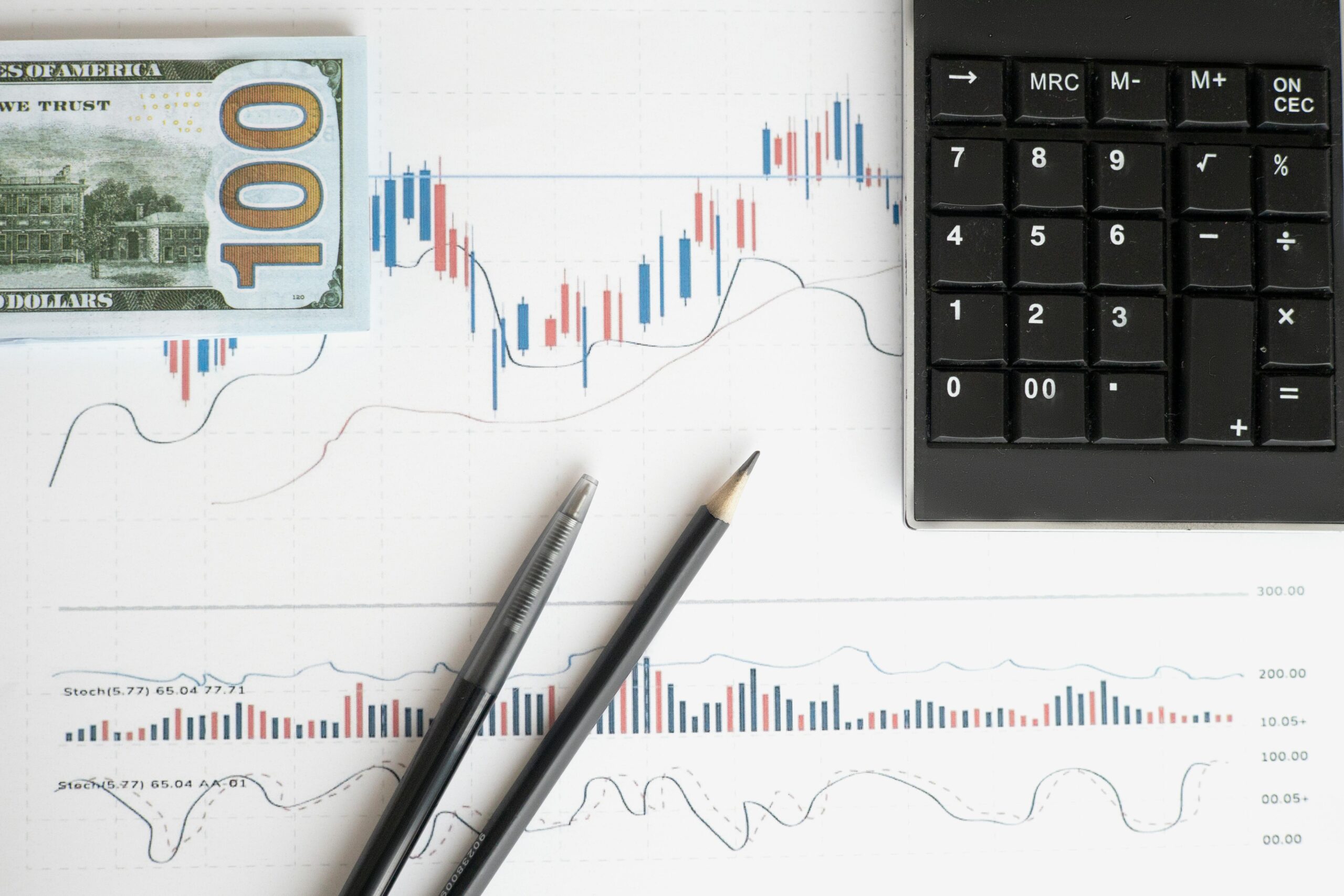In the dynamic world of forex trading, mastering the art of calculating position size is crucial for maximizing your trades and managing risk effectively. This article delves into the intricacies of position size calculation, providing you with a comprehensive guide to ensure you make informed decisions in the competitive forex market.
The Importance of Position Size in Forex Trading
Position sizing is a fundamental concept in forex trading that directly impacts your profitability and risk exposure. It determines how much of your trading account you allocate to each trade. Properly calculating your position size allows you to manage risk effectively, ensuring that no single trade threatens your entire account balance.
Why Risk Management Starts with Position Sizing
Risk management is the backbone of successful trading. By calculating your position size, you can determine how much you’re willing to risk on each trade. This helps you avoid over-leveraging your account, which can lead to significant losses or even account liquidation.
Example: Understanding Risk in Position Sizing
Suppose you have a $10,000 trading account and decide to risk 1% of it on a single trade. Your risk per trade would be $100. If your stop-loss is set at 50 pips, and the currency pair you’re trading has a pip value of $10, your position size should be calculated accordingly to ensure you’re only risking $100.
Step-by-Step Guide to Calculating Your Position Size
Calculating your position size may seem complex at first, but with the right formula and practice, it becomes second nature. Here’s a step-by-step guide to help you get started:
1. Determine Your Risk Per Trade
Before calculating your position size, it’s essential to decide how much you’re willing to risk on each trade. A common rule of thumb is to risk no more than 1-2% of your trading account on any single trade.
2. Identify Your Stop-Loss Level
Your stop-loss level is the price point at which you’re willing to cut your losses. This is critical in calculating your position size because it determines how much your position can move against your favor.
3. Find the Pip Value of Your Currency Pair
The pip value varies depending on the currency pair you’re trading. For most majors, one pip is $10, but this can vary for currency pairs quoted with the Japanese Yen, where one pip can be as low as $0.01.
4. Use the Position Size Formula
Once you have your risk per trade, stop-loss level, and pip value, you can use the following formula to calculate your position size:
Position Size = (Risk Amount / Stop-Loss in Pips) × Lot Size
5. Adjust for Leverage
Leverage amplifies both potential gains and losses. It’s essential to consider your leverage ratio when calculating your position size. For example, if you’re using 100:1 leverage, your position size will be multiplied by 100.
The Role of Risk Management in Position Sizing
Risk management is interwoven with position sizing. By carefully calculating your position size, you can ensure that your risk exposure is manageable and aligned with your trading goals.
Setting Stop-Loss Levels
A well-defined stop-loss level is essential for protecting your capital. It acts as a safeguard, preventing significant losses and allowing you to stay in the game for subsequent trades.
The Importance of Consistency
Consistency is key to long-term success in forex trading. By adhering to your risk management rules and position sizing strategy, you can avoid emotional decision-making and maintain a disciplined approach.
Using a Percentage of Your Account to Determine Position Size
Another popular method for calculating position size is using a fixed percentage of your account balance. This approach ensures that your trades are appropriately sized relative to your overall risk tolerance.
The 1% Rule
The 1% rule is a widely accepted guideline in the trading community. By risking no more than 1% of your account on each trade, you can protect your capital from significant drawdowns.
Adjusting for Market Volatility
Market volatility can fluctuate, and it’s important to adjust your position size accordingly. During periods of high volatility, consider reducing your position size to avoid excessive risk.
Selecting the Right Currency Pair for Your Account
The currency pair you choose can significantly impact your position size. Some pairs are more volatile than others, and it’s essential to select pairs that align with your trading strategy and risk tolerance.
Choosing Majors vs. Exotics
Major currency pairs such as EUR/USD and GBP/USD are generally more liquid and less volatile, making them suitable for traders with smaller accounts. Exotic currency pairs, on the other hand, are more volatile and better suited for experienced traders with larger accounts.
Accounting for Cross Currency Pairs
Cross currency pairs, such as EUR/JPY and GBP/CHF, offer unique opportunities but also come with their own set of challenges. It’s important to consider the characteristics of these pairs when calculating your position size.
Leveraging Position Size Calculators
Position size calculators are valuable tools that simplify the calculation process. These calculators allow you to input your risk parameters and receive an optimized position size based on your inputs.
How Position Size Calculators Work
Position size calculators use your risk amount, stop-loss level, pip value, and leverage to compute the ideal position size for your trade. They eliminate the need for manual calculations, saving you time and reducing the risk of errors.
Where to Find Reliable Calculators
There are numerous position size calculators available online, many of which are free to use. Be sure to choose a reliable calculator that provides accurate results based on your specific trading parameters.
Conclusion: Mastering Position Size for Maximum Returns
Mastering position size calculation is essential for any serious forex trader. By understanding the principles of risk management and leveraging the right tools, you can optimize your trades and achieve consistent success in the forex market. Remember to always stay disciplined, continuously educate yourself, and adapt your strategies to changing market conditions. With practice and dedication, you can become a confident and profitable forex trader.










